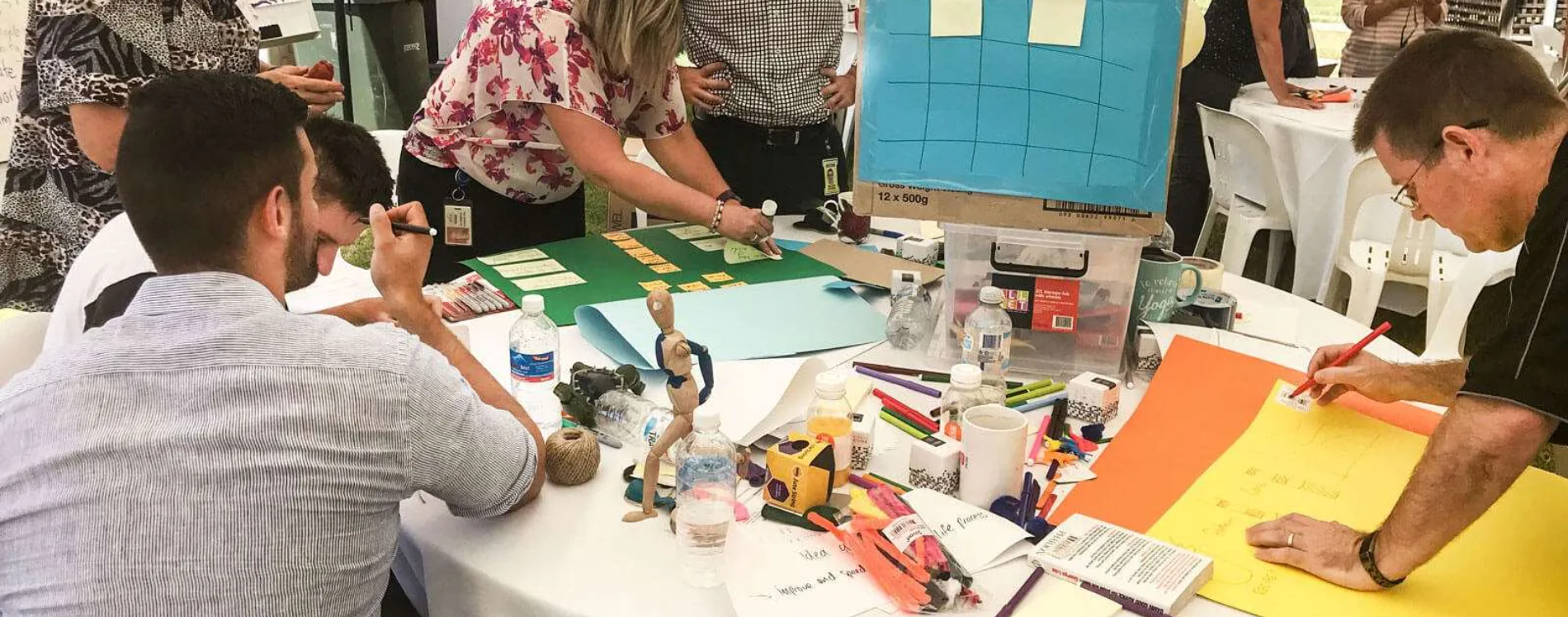Organizations today face challenges that demand new ways of thinking and problem-solving. A design thinking facilitator plays a vital role in helping teams approach these challenges with empathy, creativity, and collaboration. Their guidance ensures that teams stay focused on real user needs while experimenting with innovative ideas.
Understanding Design Thinking
Design Thinking is a problem-solving approach centered around understanding people’s experiences and creating solutions that truly address their needs. It involves several key steps: empathizing with users, defining the problem, generating ideas, creating prototypes, and testing solutions. By encouraging teams to explore problems from different angles, this method helps uncover insights and opportunities that might otherwise be overlooked.
The Role of a Design Thinking Facilitator
Guiding Teams with Purpose
A facilitator helps teams navigate each phase of the Design Thinking process. They keep discussions on track, help prioritize ideas, and ensure that everyone’s voice is heard. With their expertise, teams can avoid distractions and maintain momentum throughout the process.
Fostering a Safe and Open Environment
Creativity thrives when people feel comfortable expressing themselves without fear of criticism. Facilitators create an environment where all team members feel safe sharing ideas, exploring new perspectives, and challenging assumptions. This openness leads to more creative and out-of-the-box solutions.
Building Empathy for Users
At the heart of Design Thinking is empathy. A facilitator helps teams understand the needs, frustrations, and desires of the people they are designing for. Through methods like interviews and observations, teams gain deep insights into user experiences, which serve as the foundation for defining the problem and brainstorming solutions.
Encouraging Experimentation
Design Thinking promotes learning by doing. Facilitators guide teams to build prototypes quickly and test them with real users. This process helps teams gather feedback, learn from mistakes, and refine their solutions. Rapid iteration ensures that ideas are continuously improved based on actual needs rather than assumptions.
Promoting Collaboration Across Teams
Innovation often emerges when people with different expertise work together. Facilitators encourage cross-disciplinary collaboration by helping team members communicate and share knowledge. This leads to richer discussions and more well-rounded solutions that address various aspects of a challenge.
Benefits of Working with a Design Thinking Facilitator
-
Enhanced Creativity
By encouraging open dialogue and diverse perspectives, facilitators help teams generate new ideas and challenge conventional thinking. -
Effective Problem Solving
A structured yet flexible process helps teams break down complex issues and find solutions that are both practical and user-friendly. -
User-Focused Solutions
Facilitators guide teams to deeply understand users’ needs, ensuring that solutions are relevant and meet real-world expectations. -
Improved Team Dynamics
Trust and open communication are fostered, resulting in stronger collaboration and higher engagement among team members.
Conclusion
A design thinking facilitator is essential for organizations seeking creative and user-centered solutions. By guiding teams through each phase of the Design Thinking process, facilitators encourage empathy, experimentation, and collaboration—all critical elements for innovation.
Their role is not only to keep the process moving but also to create an environment where teams feel supported and empowered to take risks. This ensures that solutions are not only innovative but also practical and tailored to the people they are designed to serve.
In today’s fast-paced world, having a facilitator who can navigate complex problems and inspire teams is more important than ever. Their leadership helps teams unlock creativity, build stronger relationships, and develop solutions that make a meaningful impact.







